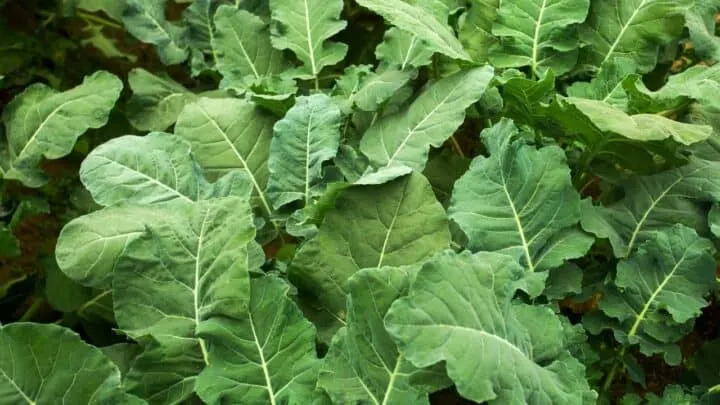Broccoli leaves are often getting eaten by animals and pests.
Broccoli (Brassica oleracea) is undoubtedly one of the most satisfying growing plants. It’s a good feeling to head out to your garden in the morning and see big, beautiful heads of broccoli growing.
Except for one thing: what happens when you head out to your crop of burgeoning broccoli and see that the once big, waxy leaves are now chewed up and full of holes?
The culprit is often an insect. But what kind of insect and what other animals are munching on broccoli leaves?
Let’s find out!
Table of Contents
What is Eating My Broccoli Leaves?
Insects eating your Broccoli leaves include cabbage and diamondback moths, flea beetles, broccoli, and diamondback worms. Insects can be easily thwarted with insecticide, handpicking, or row covers. Animals that eat broccoli leaves are rabbits, gophers, and deer.
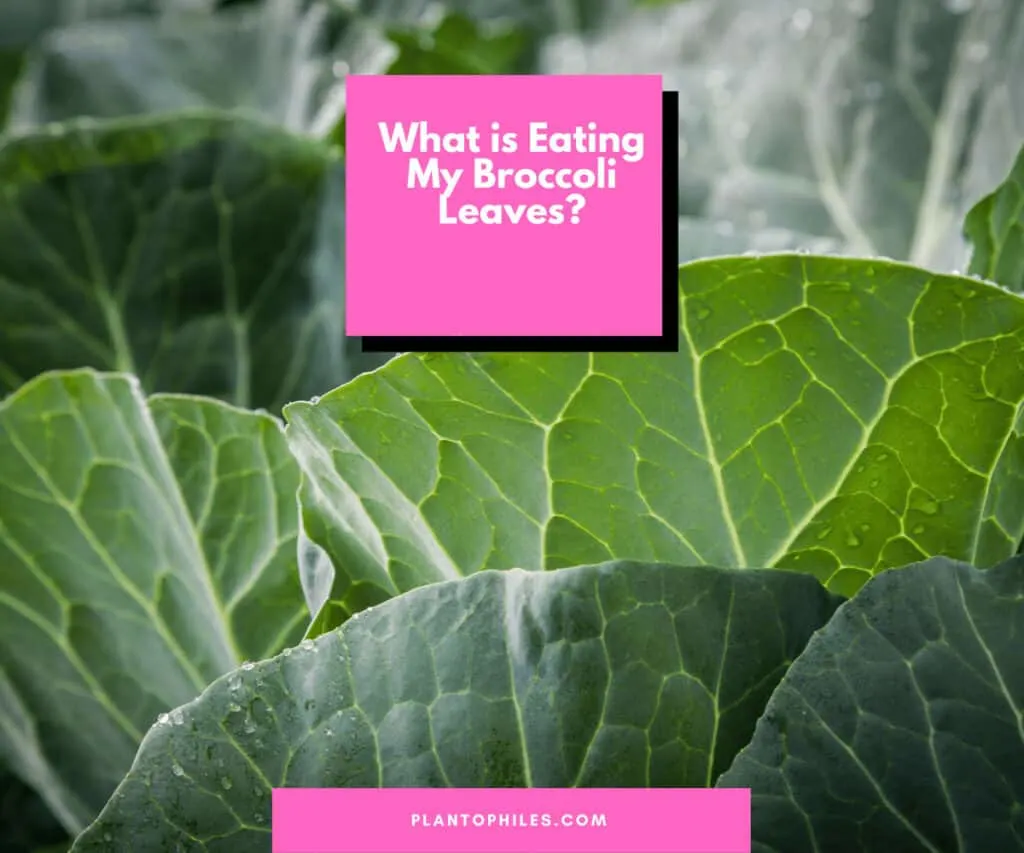
Broccoli leaves
Broccoli leaves are dark green to blue with white to greenish veins. The leaves are leathery on thick green stalks.
According to the University of Minnesota, If pests feed on the leaves, you will spot large holes or completely defoliated plants that might not even form a head.
Watch out for excrement on the leaves. This often indicates insect damage.
Common Pests That Love to Eat Broccoli
Some pests love to munch on broccoli or other Cole crops like cabbage, Brussels sprouts, etc.
These veggies are perfect for growing in raised beds or a garden but can make them susceptible to certain insect pests.
The most common pests that love to infest broccoli plants include:
- Cabbage moths
- Diamondback moths
- Flea Beetles
Here’s a quick rundown of these three common pests, the damage they cause, and how to prevent them from feasting on your lovely broccoli plants.
1. Cabbage Moths
Cabbage moths are the number one enemy of a broccoli plant. Have you noticed large white moths fluttering around the leaves of your broccoli?
Maybe you thought they were pretty and that your garden was finally getting some beneficial pollinators.
The white moths may be pretty, but they are not beneficial pollinators.
They’re not even moths.
They’re technically butterflies, fluttering around like that because they’re laying eggs underneath the leaves of your otherwise healthy broccoli plant—about 300 to 400 eggs, to be exact.
Their tiny eggs will eventually hatch green caterpillars that grow big and fat off your nutritious broccoli. They feed voraciously on the inner and outer leaves and devour the florets and broccoli heads.
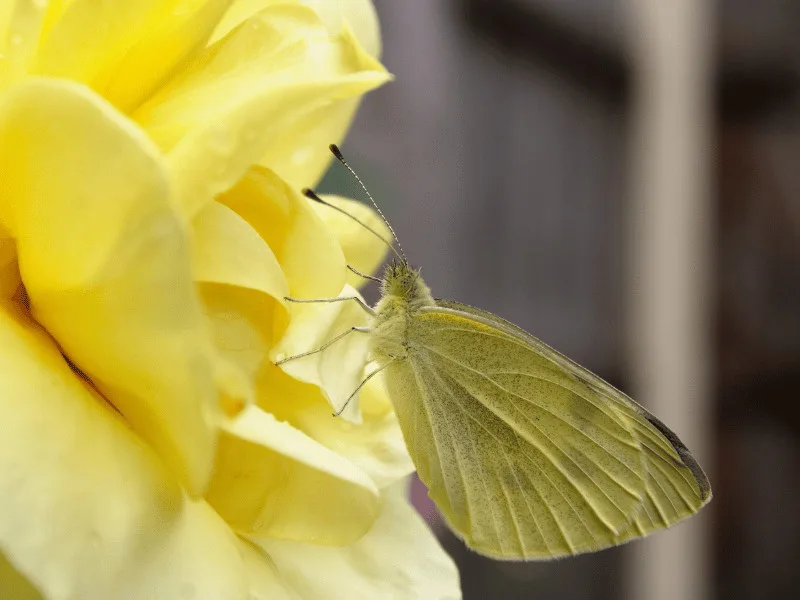
Prevention Methods
The “old faithful” method of preventing insect infestations is the (slightly gruesome yet undeniably effective) pick-and-squish technique.
Handpick the ones you can see and then squish them or put them in a bucket of soapy water. If you only have a few plants, this is a great option.
You’ll be better off using an insecticide if you have a large crop. An effective and organic choice is Bt (Bacillus thuringiensis).
It’s a naturally-occurring bacteria that will effectively kill cabbage moth caterpillars.
If you don’t want to spend time squishing bugs or spraying every week, try using row covers. This method requires the least effort and will prevent the moths from laying eggs.
2. Flea Beetles
Flea beetles are easy to identify because they leave multiple small holes in leaves that look like they were caused by buckshot.
Flea beetles are small, black beetles that target many garden vegetables. They can also come in varieties that have stripes, but one of the most common types of flea beetles that you will see is solid black.
You can control flea beetles, but if they infest in large numbers on a young plant, they will cause premature death.
You can identify these pests because they’re aptly named: they look like a cross between a small black beetle and a flea.
They also jump like fleas, which makes the traditional pick-and-squish method ineffective.
Severe damage from these pesky beetles will cause stunted growth and the inability to flower or fruit. Essentially, they will kill your broccoli if their population is left unchecked.
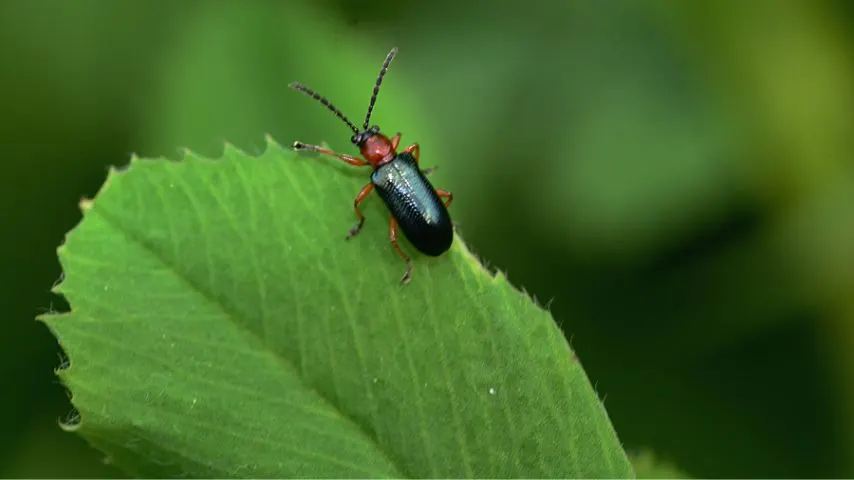
Their long legs allow them to jump high, making moving from leaf to leaf on your broccoli plants easy.
When it comes to broccoli plants, flea beetles go for the leaves. You will know if you have flea beetles if you have small irregular holes in your broccoli leaves.
These holes are spread out across your leaves and will often have jagged edges due to the way that the beetles eat.
Flea beetles will weaken your leaves to the where you will begin to notice dead leaves or stunted growth in your broccoli plant. Flea beetles will also go after the stems of your broccoli plants as they mature.
Prevention Methods
When repelling flea beetles, you can use a natural method.
Mix isopropyl alcohol, water, and dish soap (just a drop) into a spray bottle. This mixture will repel flea beetles from your broccoli leaves, but use more water than isopropyl alcohol.

Otherwise, you risk killing your plant.
You can also manage flea beetles through how you plant your broccoli. The later you plant in the season, the less likely you are to get flea beetles.
Work on keeping the area around your broccoli plants free from weeds and dead foliage. Flea beetles thrive in those environments.
Flea beetles overwinter in the ground and love rotted plant debris, so clean your garden well when the seasons are over. For extra protection, you can try planting broccoli seeds or seedlings in sterilized soil.
Or, try using floating row covers as a barrier, particularly on young plants that are more vulnerable.
You can also try using trap crops as a sacrificial offering to prevent your actual crop from sustaining damage. Use other cole plants like Brussels or cabbage.
Another method is to put down thick mulch to prevent them from reaching the surface or use diatomaceous earth or neem oil to prevent infestations. Other insecticides work but will need frequent reapplication.
For a more natural method, mix two cups of rubbing alcohol, one tablespoon of liquid soap (Dawn is acceptable), and five cups of water.
Use this mixture to spray your plants or dust them with talcum powder.
Another method is to plant trap crops, particularly marigolds. Like cabbage moths, you can also use row covers to provide a physical barrier between your plants and the annoying pests that love to feed on them, like flea beetles.
3. Diamondback Moth
The freshly hatched diamondback moth larvae will devour your broccoli plant’s entire leaf (but not the ribs), both upper and lower.
When they’re mature, they leave large, ragged holes with irregular edges on the undersides of the leaves.
The larvae can be green when young and turn brown once they mature.
The mature larvae will drop from the leaf on a silken line (like a spider) if you disturb them, making identification simple.
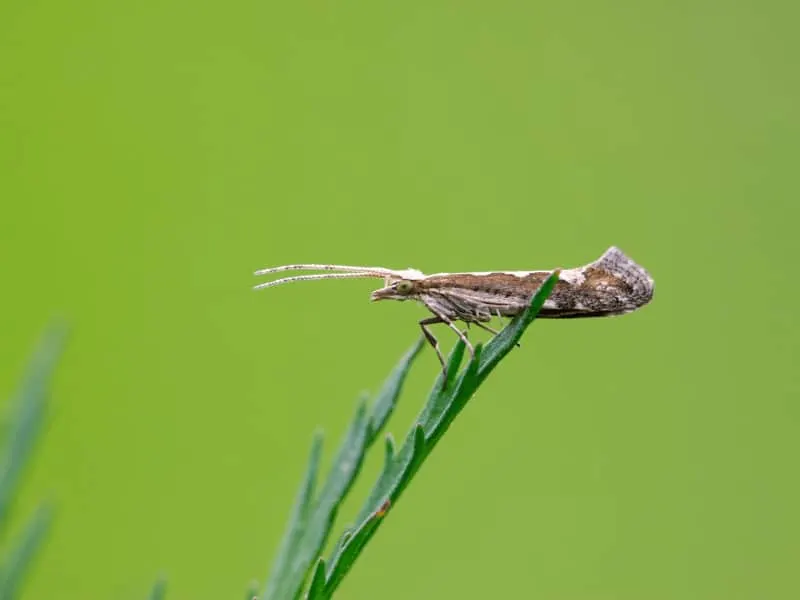
Prevention Methods
An existing infestation can be treated with Bt. Apply this organic insecticide in the late afternoon or early evening to avoid the sun’s UV rays breaking down the bacteria.
If you want an even more natural method, try getting parasitic stingless wasps (Cotesia plutellae, Diadegma insulare, and Microplitis plutellae are commercially available).
These will use the diamondback moth larvae as a host and kill them.
It’s a great way to prevent an infestation without using an insecticide. However, you can use a broad-spectrum insecticide.
Remember, this method is effective but will also cause beneficial insects or pollinators to die. So, use it sparingly.
4. Broccoli Worms
Broccoli worms are a species of worm that includes the cabbage worm, the diamondback worm, and the cabbage looper. These worms are the most common pests you will find eating your broccoli leaves.
The cabbage worm is the larvae of white butterflies, the diamondback worm is the larvae of the grey moth, and the cabbage looper is the larvae of brown moths.
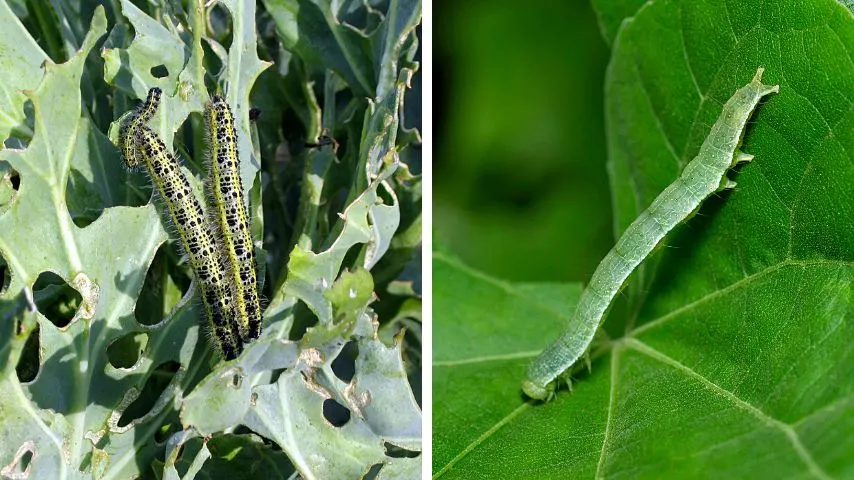
If you have broccoli worms, you will notice many irregular-sized and placed holes in your leaves.
As broccoli worms typically start from the top, you often see excrement on the lower leaves.
If you have broccoli worms, as they devour the leaves of your broccoli plant, they can stunt the growth of the rest of the broccoli plant. Depending on the broccoli worms’ level of infestation, your plants may die.
Prevention Methods
You can remove broccoli worms from your broccoli leaves in a few ways. There are a couple of natural repellents that you can use to repel broccoli worms.
One natural repellent is a mixture of garlic and cloves. You want to soak both in water for a few days before blending them into a pulp.
Both garlic and cloves work as well as natural repellents for broccoli worms. It is also a safe repellent to use in your garden.
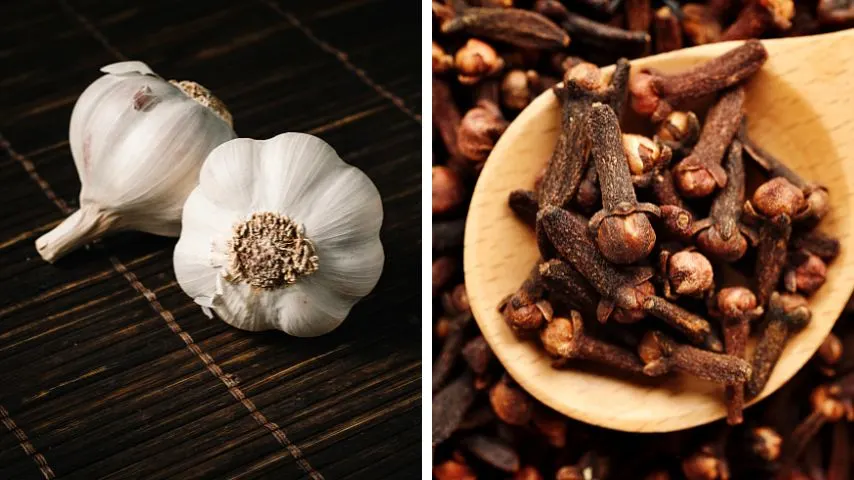
Unlike chemical repellents, you don’t have to worry about contaminating your plants.
You can also regularly maintain your broccoli plants. Broccoli worms don’t move in suddenly. They infest your broccoli plants over time.
If you check your plants daily and clean your broccoli leaves off, you can prevent broccoli worms from eating your plants.
5. Rabbits
Rabbits are one of the animals you may find eating the broccoli leaves in your garden. The broccoli plant’s leaves are the most attractive part for rabbits.
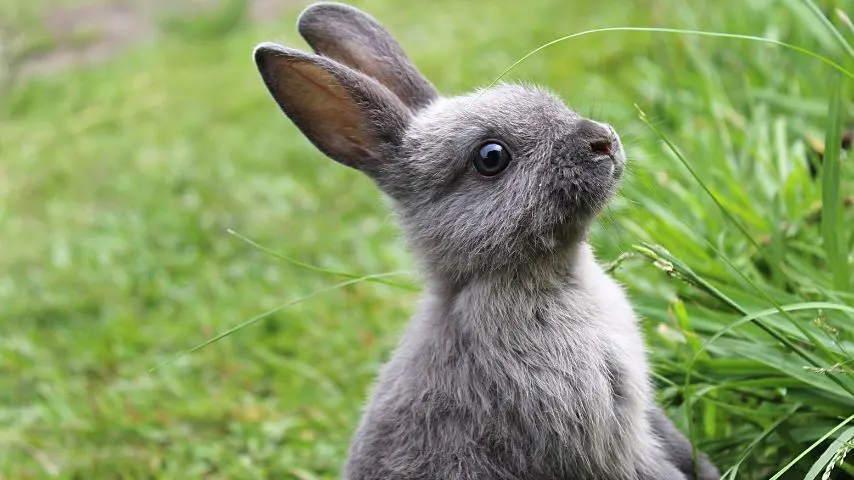
You’ll notice a very telling pattern when rabbits eat your broccoli leaves.
Rabbits will nibble your broccoli leaves from the outside. Leaving small, jagged marks around the edges of your broccoli leaves.
Rather than a regular resource in their diet, broccoli leaves are more of a treat to rabbits. Regarding your garden, rabbits won’t destroy your plants in a few days, but over time they can stunt the growth of your broccoli plants and eventually kill them.
6 Gophers
Gophers can be a gardener’s least favorite visitor. Gophers will eat pretty much any vegetation that is available to them.
While gophers will eat the leaves of your broccoli plants, you may not notice that they are there at first.
When gophers eat plants, they start at the roots. From there, they will move up and devour the plant’s leaves.
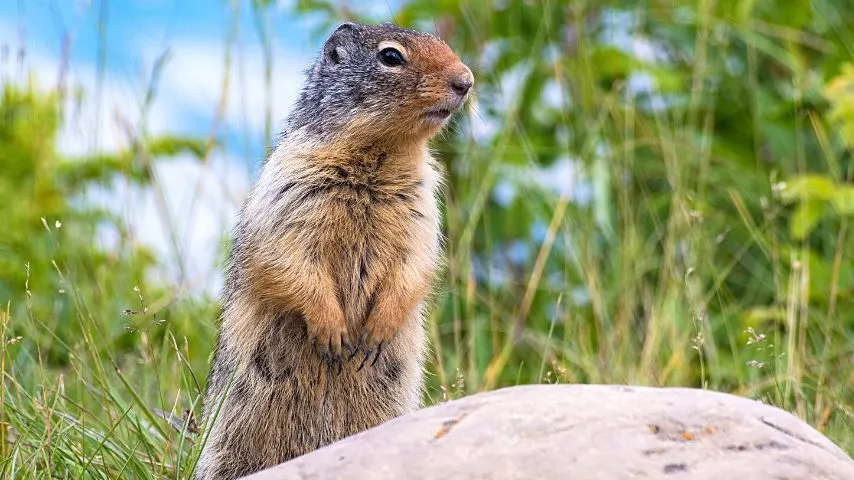
If you have gophers, your broccoli crop is unlikely to survive because they destroy the roots first.
You can notice gophers in small holes around your garden. They burrow underground, typically close to the areas where they are harvesting food.
7. Deer
If you live in an area with deer, then you know that they will eat pretty much anything that you attempt to grow in your garden.
Broccoli leaves are no exception. Deer will typically only eat the leaves, discarding the broccoli flower.

How to Stop Animals From Eating Your Broccoli Leaves
Fencing is your friend when deterring deer and rabbits from eating broccoli plants.
Having raised beds with high enough fences that deer or rabbits cannot get over can help prevent either from getting into your garden.
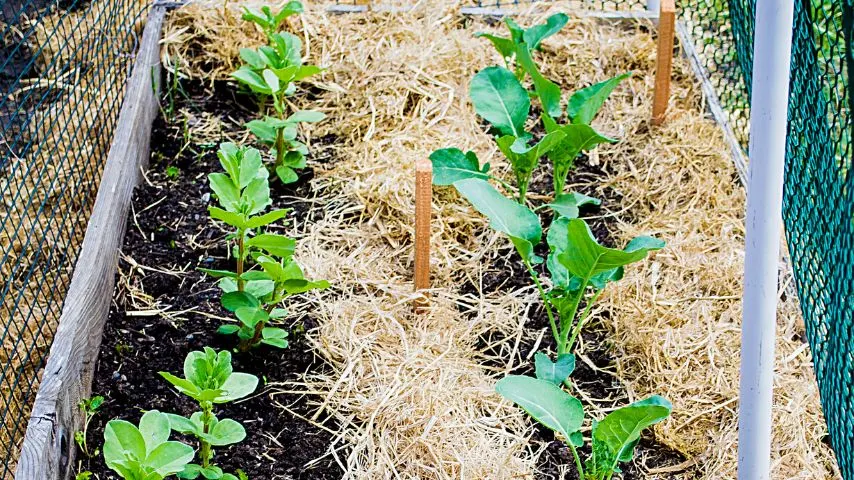
With rabbits, it is a good idea to have a raised bed so they cannot burrow underneath.
When it comes to gophers, the higher you have your broccoli plants, the better. Raised beds off the ground can help prevent gophers from reaching your broccoli plants.
Gophers burrow beneath. You can deter gophers if your plants are in a raised planter that is not touching the ground soil.
Conclusion
Broccoli: the bane of six-year-old children everywhere who don’t want to finish their dinner before they have dessert.
While your younger self may have made broccoli your enemy, your older self most likely finds it delicious.
If you’re growing broccoli and discover your leaves have suddenly developed raggedy holes, you most likely have an insect problem.
The most common culprit is the cabbage moth. Okay, cabbage butterfly. They love broccoli and will lay hundreds of eggs on the undersides of leaves.
Or, you could be suffering from some other common pests like flea beetles or diamondback moths.
Try handpicking, row covers, or an insecticide to eliminate these pests. Using the natural bacteria Bt is an excellent choice.
It’s also more natural and less harmful to beneficial insects and pollinators than a broad-spectrum insecticide.
With these methods, you’ll enjoy delicious broccoli florets all summer and never have to worry about heading out to your garden and finding holes in your leaves again.
Frequently Asked Questions
Can I save my broccoli plants after pests or animals have started eating the leaves?
If you notice something eating your broccoli leaves, the best thing to do is address the problem immediately. Most animals and pests eventually weaken your broccoli plants if you leave them unattended.
Can you consider broccoli that pests or animals have targetted as safe to eat?
If pests or animals have eaten your broccoli leaves, you can still eat them. Just be sure to clean them when you harvest them properly. Keep an eye out for any pests. You can also rinse your broccoli in vinegar to sanitize it.
How to protect broccoli from pests?
To protect broccoli from pests, use laundry baskets made out of mesh. Put them over your broccoli plants. You can also use row covers or simple plastic jugs.
Takeaways
The most common pests attacking your broccoli leaves are:
- Cabbage moths
- Flea beetles
- Diamondback moth
- Broccoli worms
- Rabbits
- Gophers
- Deer

Daniel has been a plant enthusiast for over 20 years. He owns hundreds of houseplants and prepares for the chili growing seasons yearly with great anticipation. His favorite plants are plant species in the Araceae family, such as Monstera, Philodendron, and Anthurium. He also loves gardening and is growing hot peppers, tomatoes, and many more vegetables.

